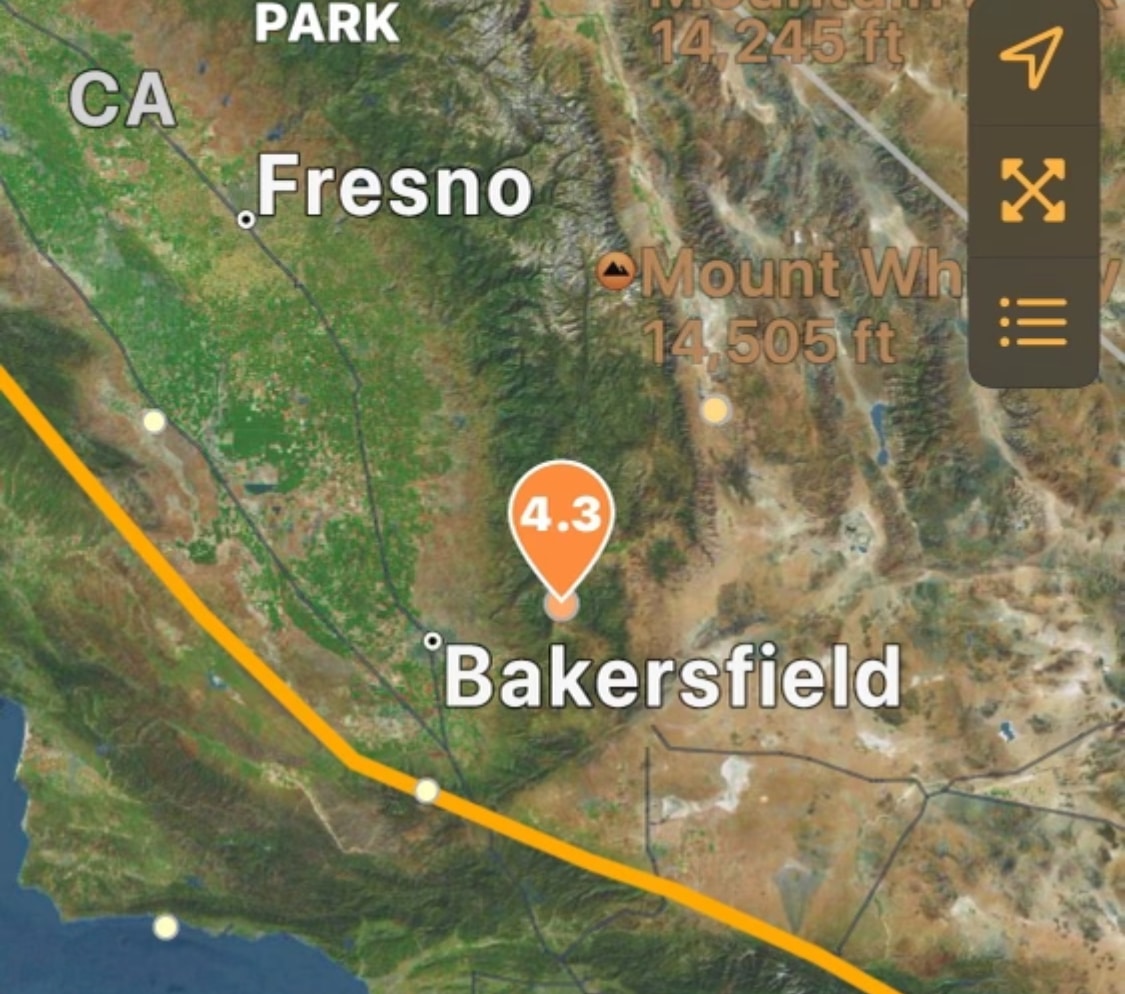(By Ron Allen) June 21, the summer begins on the summer solstice. Astronomically, the summer solstice is the day when the sun reaches its highest point in the sky over the northern hemisphere. It is also the longest day of the year. The opposite solstice, the winter solstice, is the day when the sun is lowest in the heavens, and the night is longest. The other seasonal markers, the spring and fall equinoxes, occur when the sun is at midpoint, and day and night are of equal length. These important
calendar dates are important in God’s religious calendar. The first three Hebrew feasts, pointing to Christ’s death and resurrection, occur near the spring equinox, and the last three feasts, picturing the Second Coming of Christ, occur near the fall equinox. The spring and winter are associated with the appearance of Christ in Hosea 6:3, and the story of Christ’s advent begins with the conception of John the Baptist which is believed to have occurred near the winter solstice in 7 B.C. Summer is associated with the Second Coming of Christ, as we are told that the summer is near when the fig tree (Israel) comes to life (Matt 24:32). See our book, The Stars of His Coming, for more information. READ MORE

















